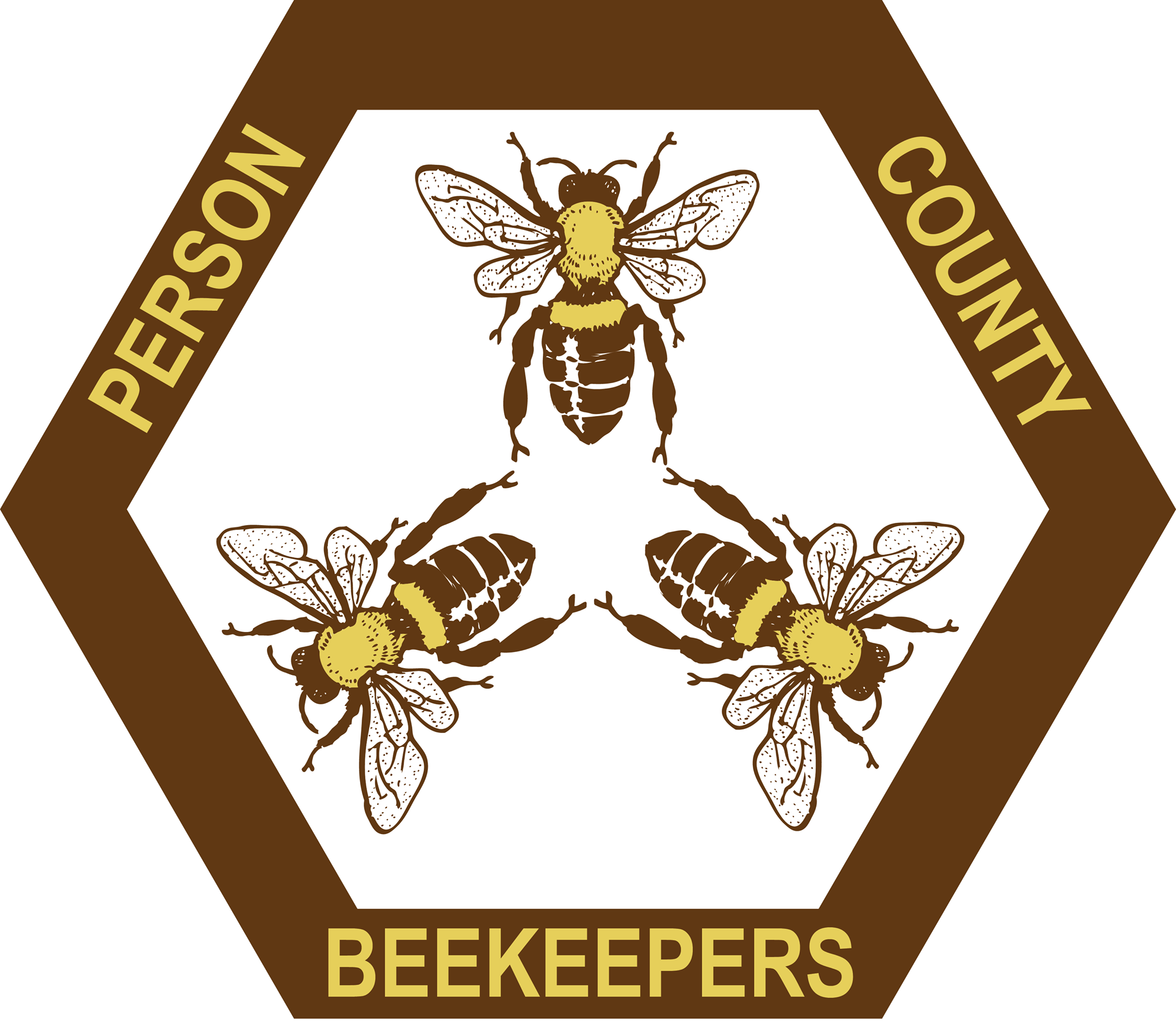
|
|
| Honey Bees Vs. other BeesFlying insects can be difficult to identify if they refuse to stop buzzing around our heads. The key attributes to look for when discerning a bee from a wasp is fuzzy vs shiny.
Click the picture below to see more examples of honey bees vs. other bees and wasps All of the below are honey bees The color can vary but the shape does not.
| BEE REMOVAL "CUTOUT"If you see bees coming in and out of a small hole or crack in your home or building that have been there for some time, call us for help at 919-606-3908 and leave a message or text for faster response! Or email at personcountybeekeepers@gmail.com Put CUTOUT in the subject line Often we are contacted abut honey bees that are no longer in a clump but rather have moved into a tree or small crack in the outside of a home or building. These situations are referred to as "cutouts" because the bees can no longer be scooped up, but instead need to be cut out of their location. This is significantly more difficult. It requires a beekeeper with special skills in both bees and construction as often areas of the home have to be dismantled in order to get at both the bees and all the wax and honey they have created to make up their home. People mistakenly think they can avoid a costly fix by simply killing the bees. Not only is that bad for the bees, but if you don't remove the wax and honey, you will just end up with more bees or other bugs moving in to take their place. Please refer to the Services tab under the Products & Services tab to find a listing of folks who have experience removing hives. Unlike swarms where you can usually find several beekeepers to take the bees away for free, there may be significant expense involved with hiring someone competent to perform a cutout. However, each situation is unique so it may not be that bad. Here are pictures of cutouts done by our members.
|







